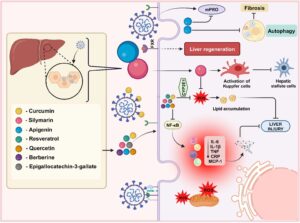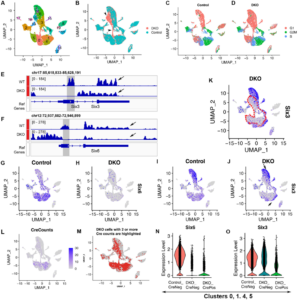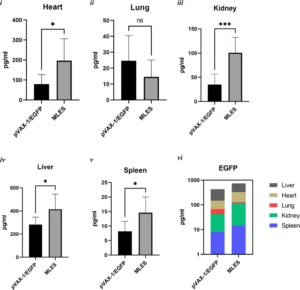Global Wave of Antibody Testing: Key to Open Lockdown But Too Early for Nepal

स्वास्थ्यखबर |Dr. Rupendra Shrestha
The use of a rapid antibody test during a pandemic is under substantial global debate. Several arguments can be made regarding the pros and cons of using this test. Antibodies are formed in the body against infections. Such antibodies are either IgM or IgG. In rows, IgM antibody peaks at an early stage of active infection while IgG antibody peaks 4-5 weeks after infection. This IgG antibody indicates long-term immunity in patients. So, the number of antibodies in the body determines the intensity of physiological response against infections. But for novel coronavirus, it is not yet clear how long the antibodies can last or how much immunity is required.
Even though we follow the universal pattern of viral infections, COVID-19 immunity in recovered individuals is not yet clear. ELISA (enzyme-linked immunosorbent assay) is, therefore, the most reliable laboratory technique which indicates the number of antibodies that an individual may have. But, for the fast track, many countries started using a rapid antibody test. This test is quick and can be used for mass screening of asymptomatic and recovered people in a pandemic situation. It is also the most unreliable due to the fact of poor quality that is prepared for emergency use without proper validation.
In fact, most of the rapid antibody testing kits are manufactured in China, raising the question against its quality product. In the meantime, the WHO (World Health Organization) warns against the use of antibody-based Rapid Diagnostic Test (RDT) for novel coronavirus. While making an outlook for rapid antibody test, cons outnumbered the pros of using it. Thus, the implementation of RDT in pandemic shouts out, “safety is compromised for speed”. Eventually, safety has to take precedence over speed when people’s lives are hanging in the balance.
U.S. Food and Drug Administration (FDA) also approved the emergency use of such an antibody test, aiming to help people get back to work. Also, epidemiologists from different countries are using these RDT to monitor the level of the outbreak in the hotspot area. Government officials are also hoping to use those findings to help determine when and how people will return to their everyday lives. With that, the U.S. is introducing the use of acceptable rapid antibody tests at the necessary speed and volume. In plans to ease the stay-at-home restrictions, several countries are calling for home production of more antibody tests.
Such a call may cause low-quality production in a short period of time to meet the requirement of many countries. And making those tests available on the market is likely to have even higher false-positive rates as it is unclear how they validate their results. Because of that, diagnostic laboratories stopped using rapid testing in some counties, fearing dangerous consequences. They started using real-time reverse transcription-polymerase chain reaction (rRT-PCR) for confirmatory diagnosis of coronavirus. But this test is also woefully inadequate and time-consuming. At this time, health workers and government officials need to understand the real definition of “what these tests mean and which is worth”.
After the FDA relaxed its regulations and allowed antibody tests to be marketed without formal regulatory review or approval, many companies have jumped into the market. But, the FDA recommended them to validate their results on their own and inform the officials. This made Chinese biotech companies’ grow enormously, and they started marketing RDT to doctors for their lucrative business and in a race to become pioneers. The RDT test offered is easily accessible and can be done without needing technical expertise. So, it can be performed in the doctor’s office, or eventually, even at home, giving simple YES or NO results.
An antibody test conducted in the doctor’s office or at home should be considered a red flag warning. But to consider healthcare staff safety, hospitals can switch to antibody screening as part of a clinical evaluation of infected and asymptomatic populations. Meanwhile, many countries have claimed the weak performance of RDT’s that was bought from China by spending millions of dollars. In a row, Britain also reported on the low sensitivity of RDT; likewise, Spain reported an accuracy of only 30% that detect antibodies. Despite all, Nepal started using it without proper consultation with experts or validation with national authorities. However, rolling out of blood test for coronavirus antibodies during a pandemic could be helpful;
1. To identify whether people have built up immunity to the coronavirus.
2. To decide whether people can continue working comfortably in the workplace.
3. To assess the effect of the pandemic, rebuild the economy, and reintegrate society.
4. To decide whether to hold the lockdown or reopen the country.
No matter what benefit, still misinterpreting the findings of an antibody test to diagnose the COVID-19, not knowing they can skip the early stages of infection, is well-known as dangerous. This test never rules out the spread of coronavirus because they don’t require sensitivity and specificity. In Nepal, some public health officials are now faulting the government for greenlighting rapid antibody tests and without adequate review. The approaches to testing COVID-19 should be a careful balance between risks and benefits. It is necessary to give everybody as much peace of mind as health authorities can, but is happening opposite – meaning more tension and pressure to the general public of Nepal.
– Dr. Rupendra Shrestha, MS, PhD
Clinical Molecular Geneticist
Post-Doc, Department of Genetics,
Albert Einstein College of Medicine, NY, USA









